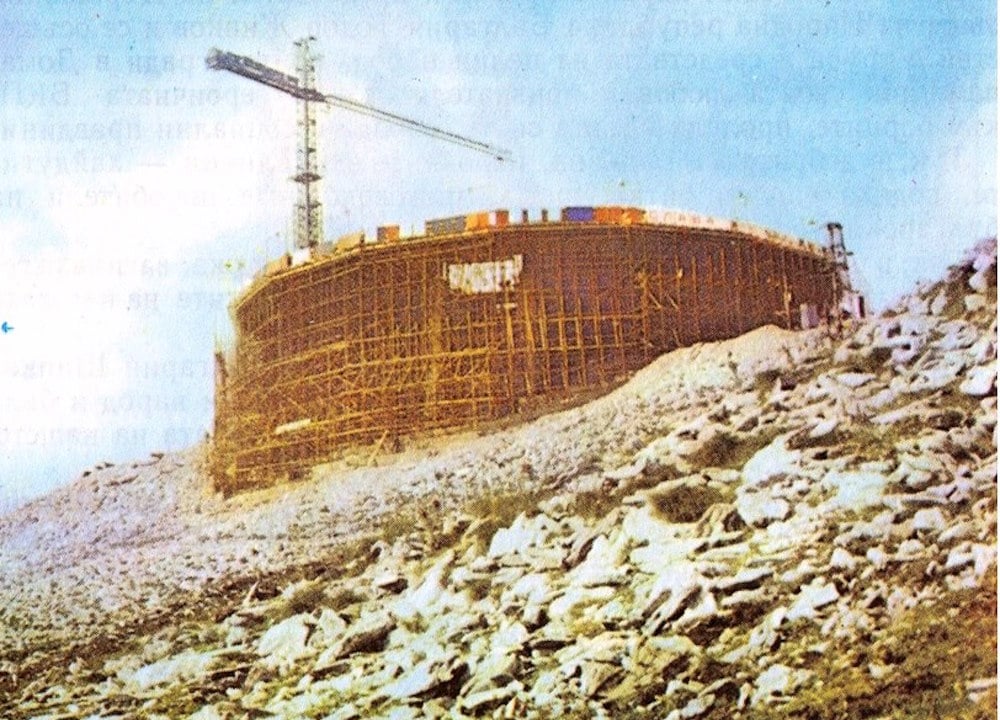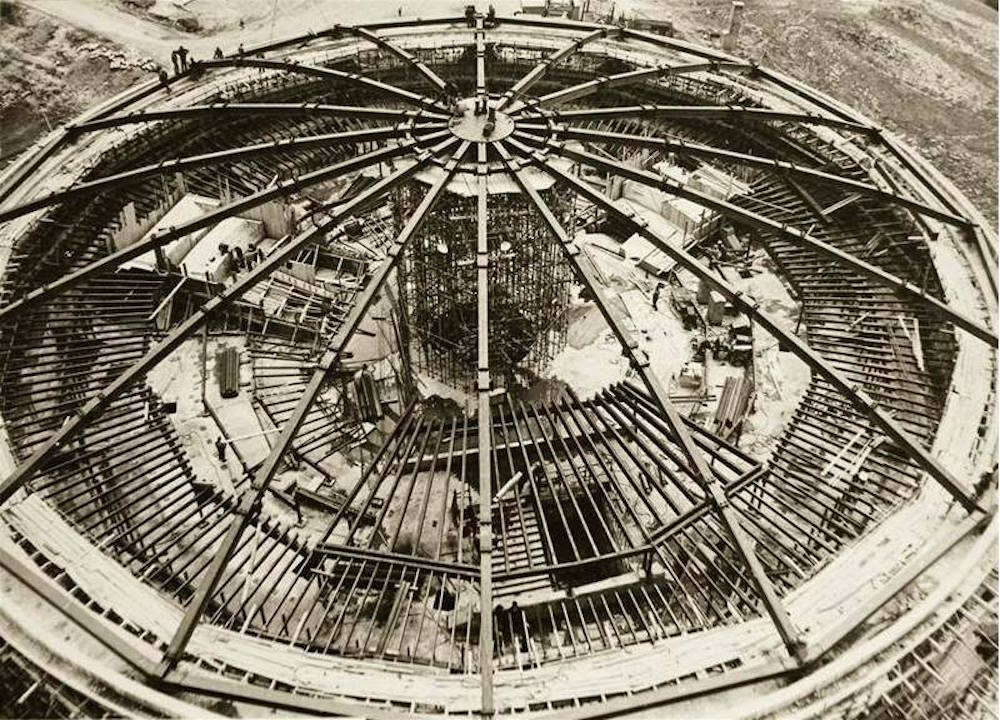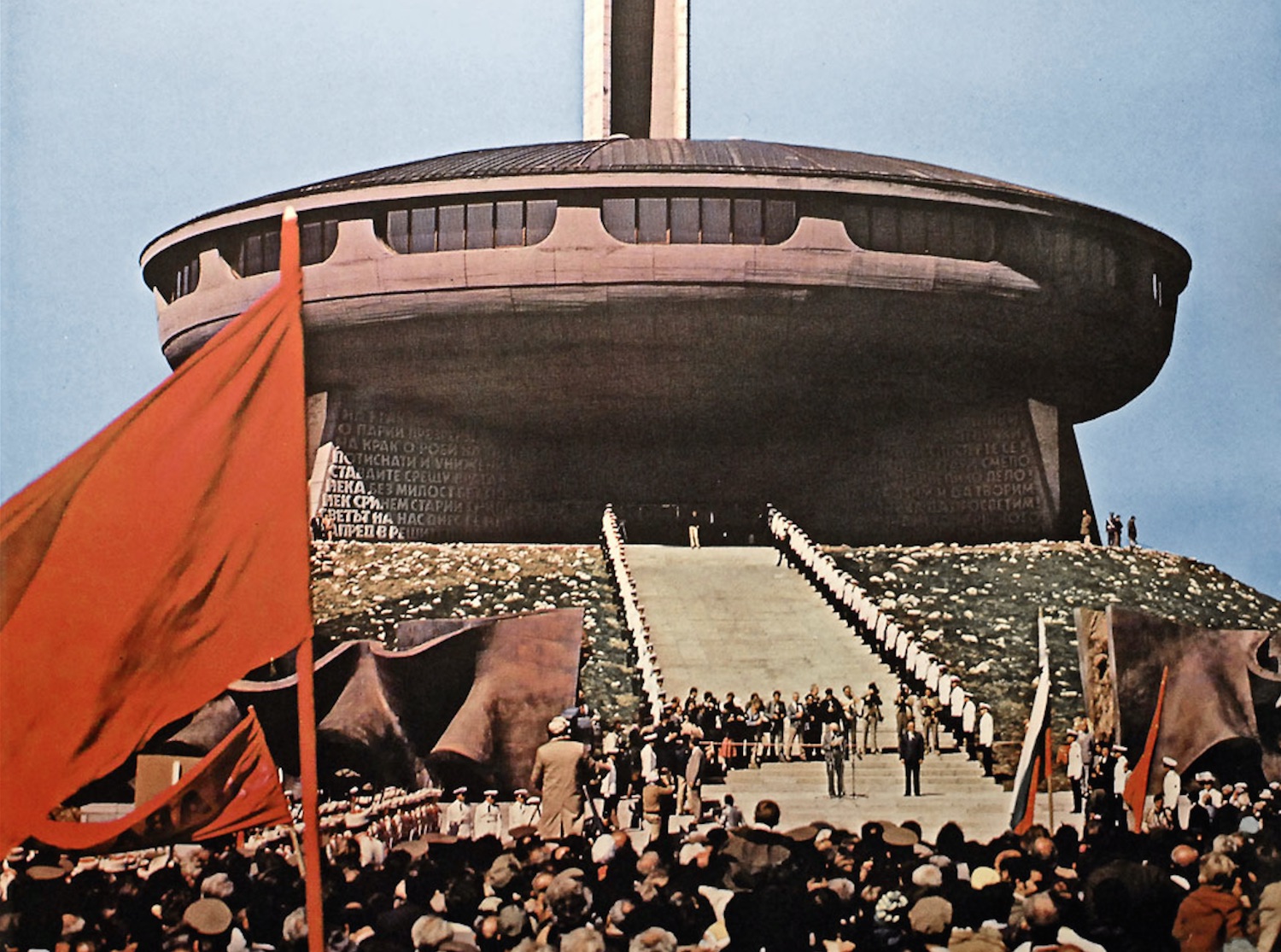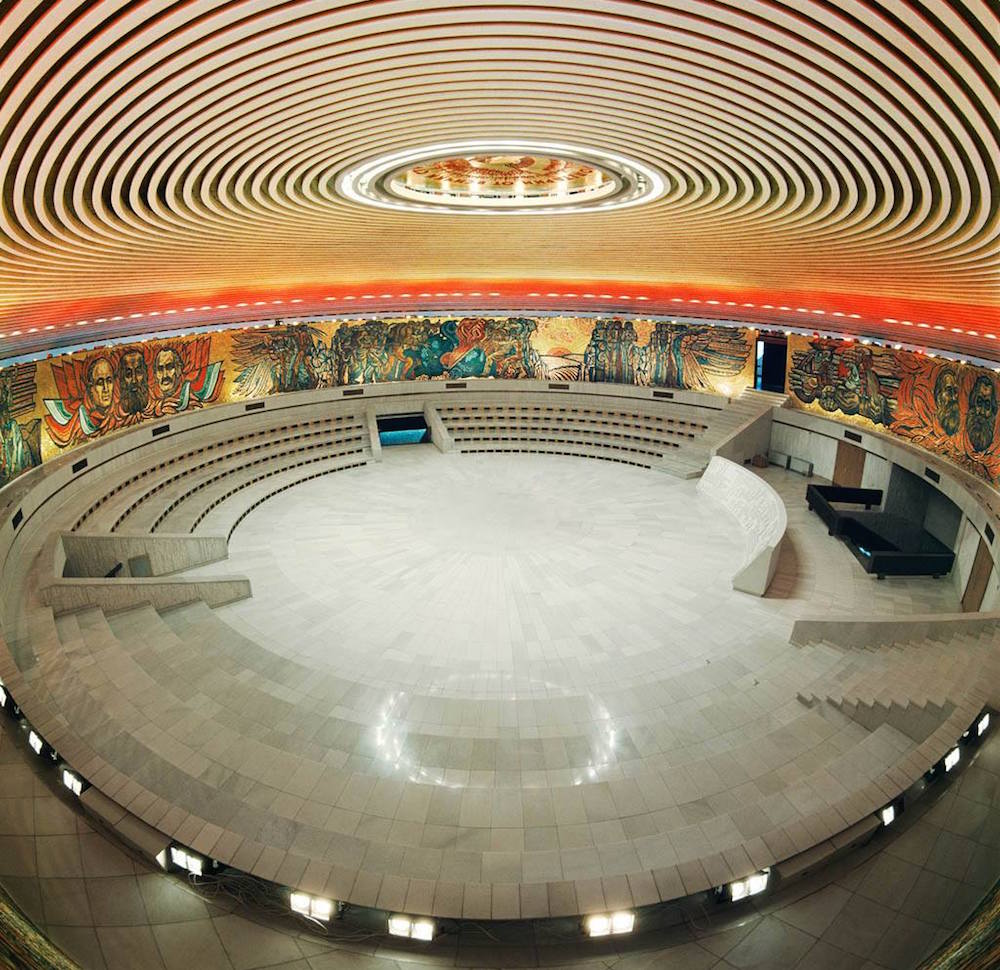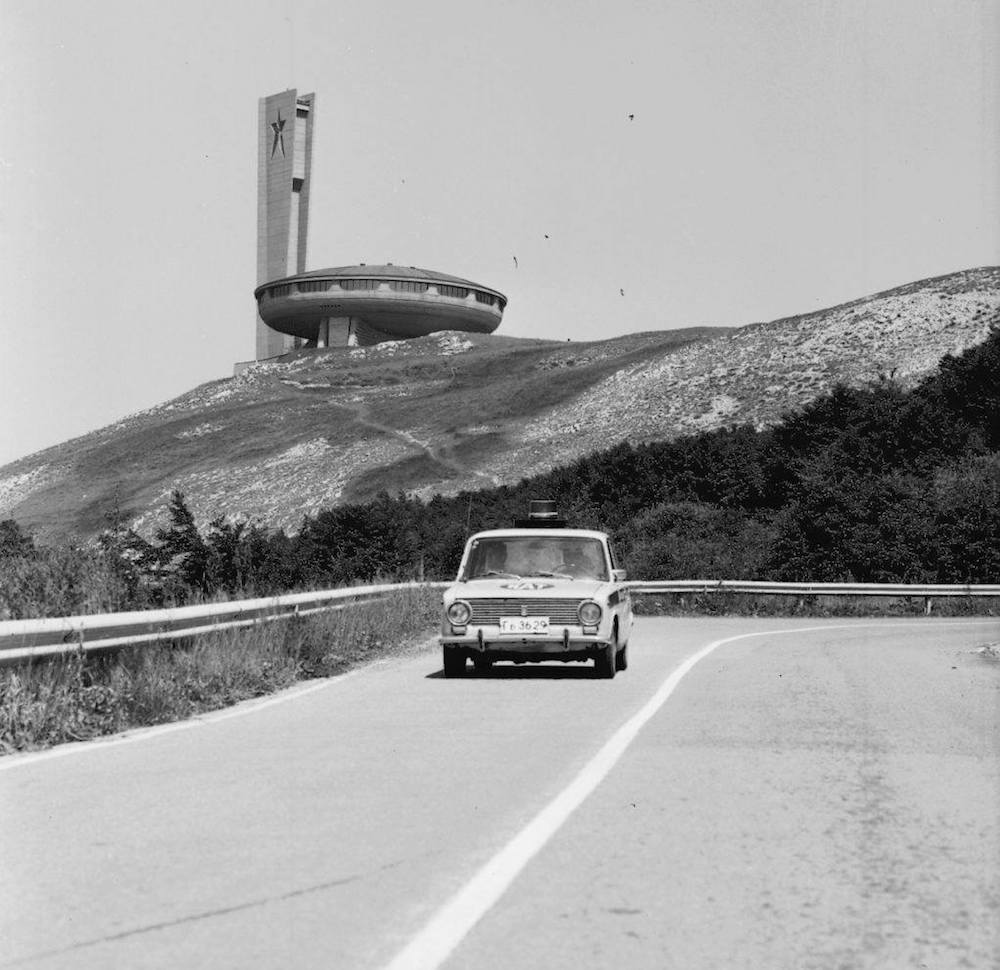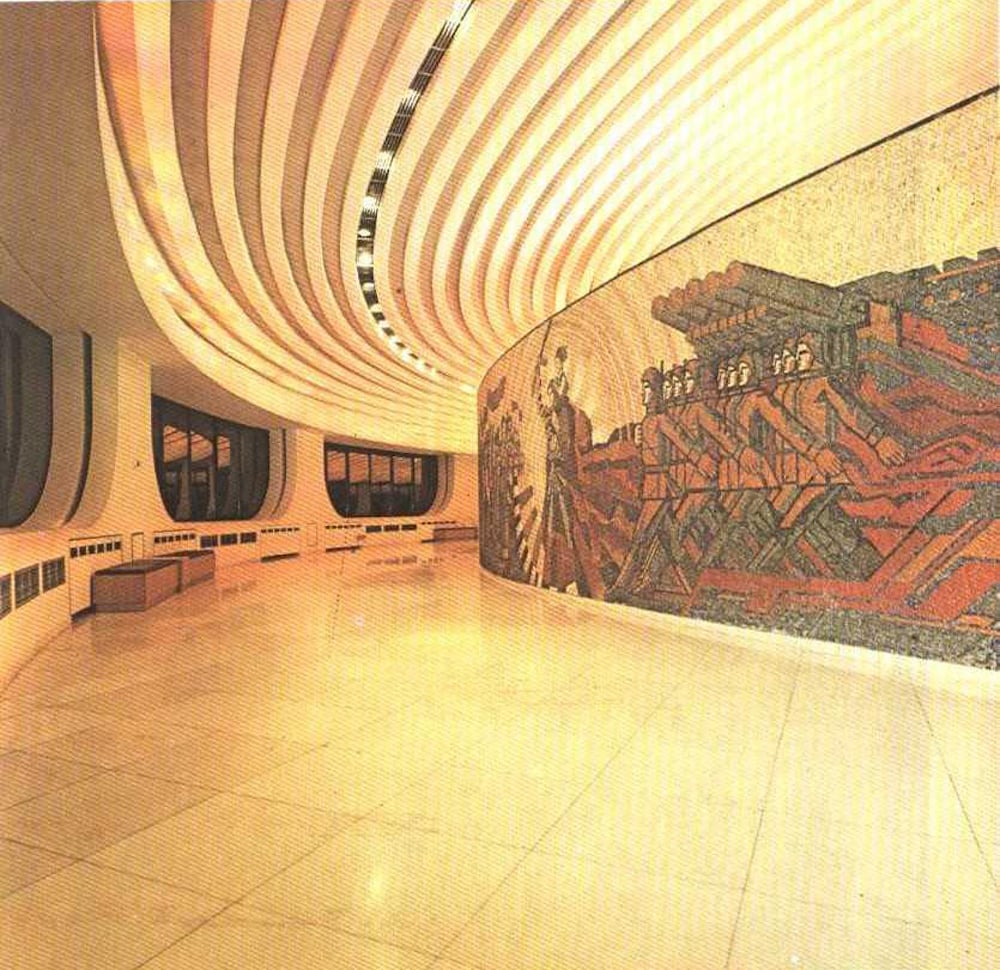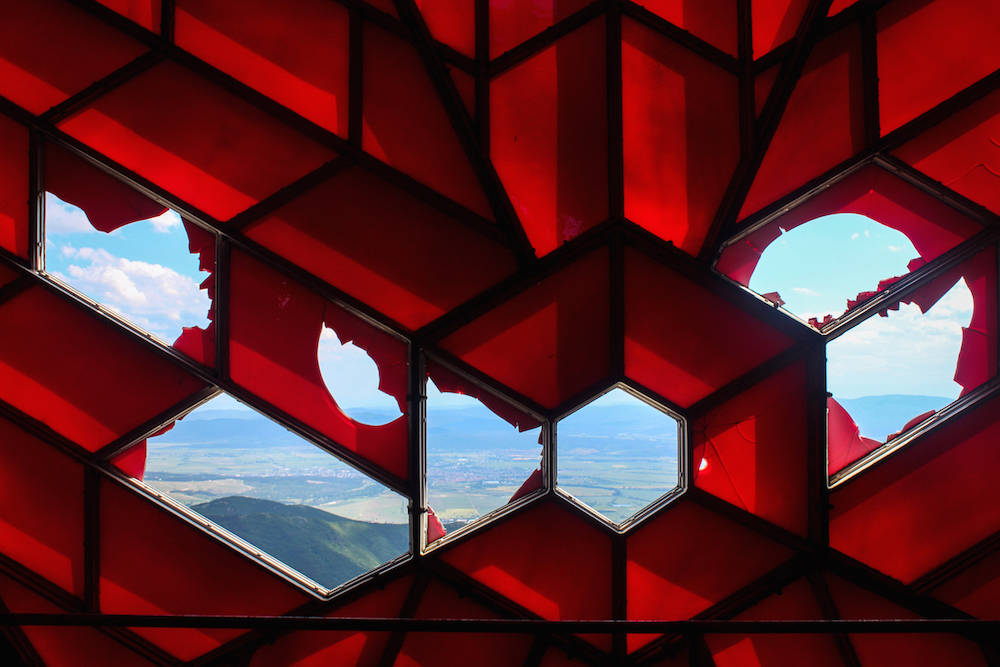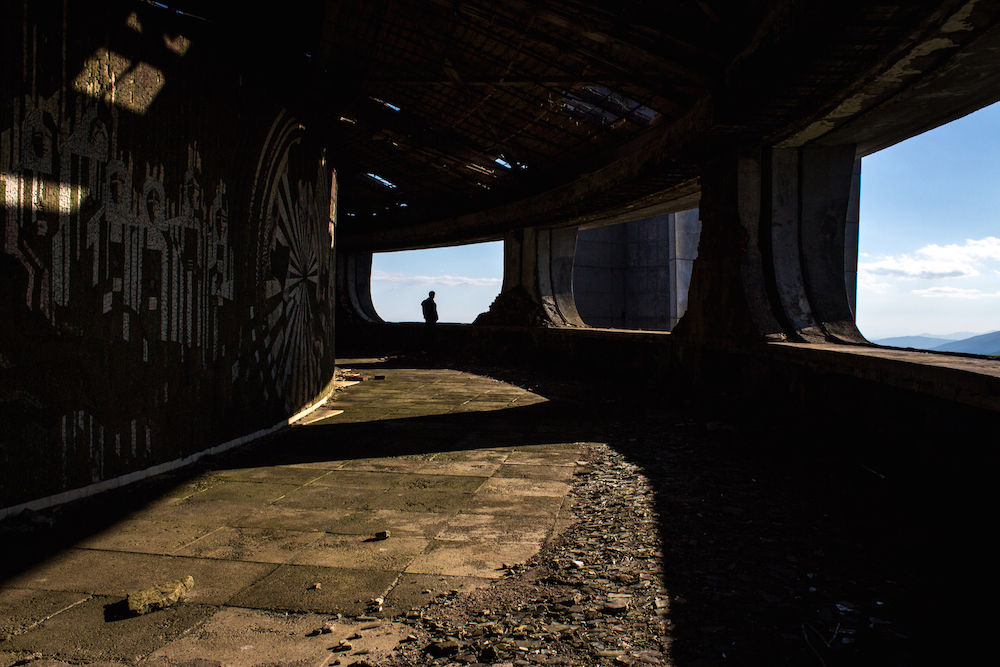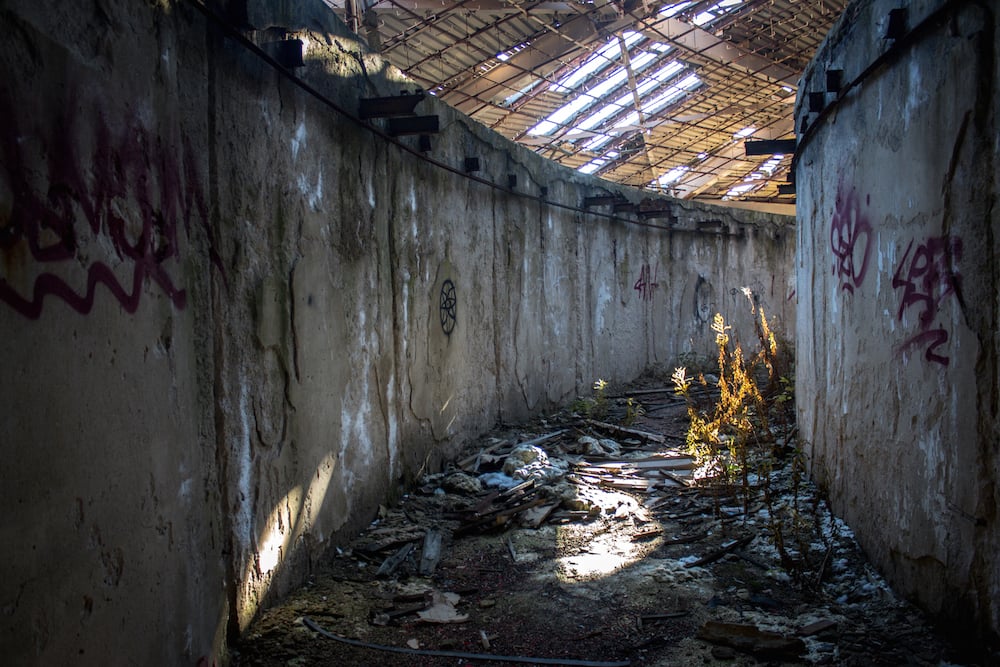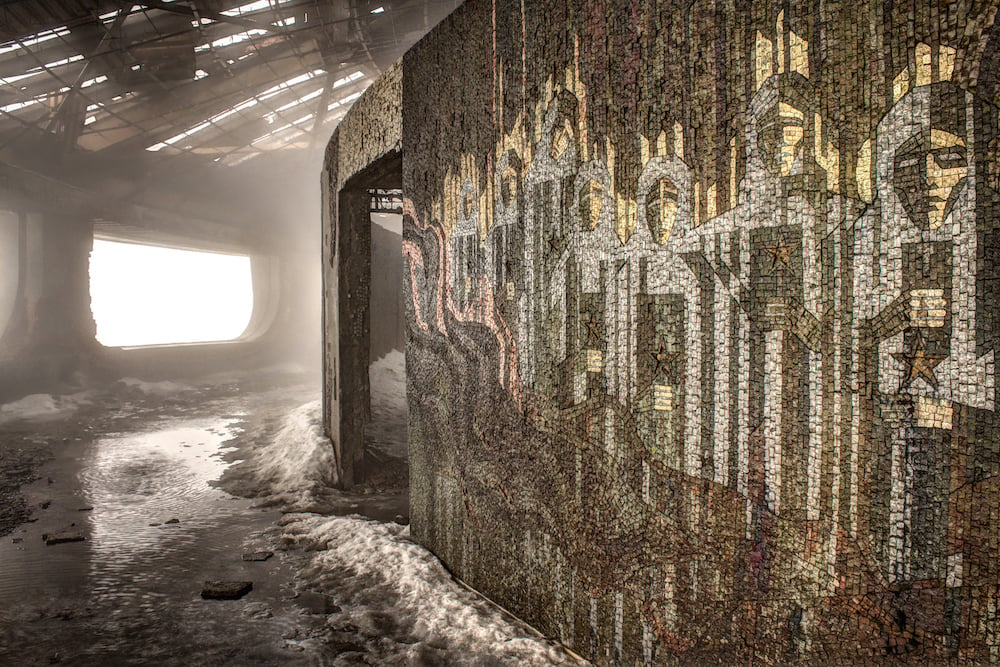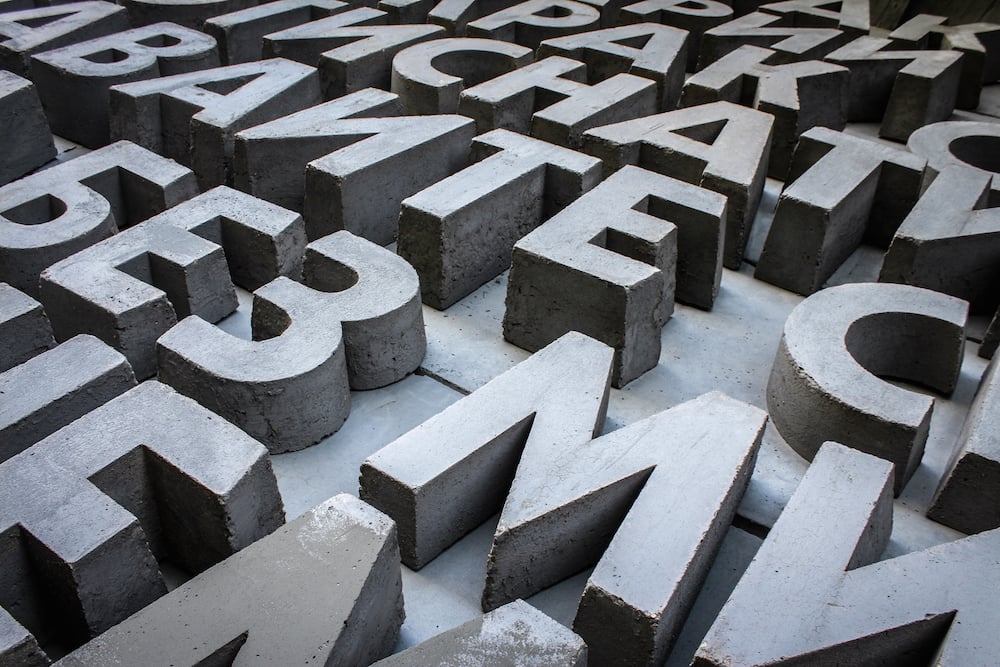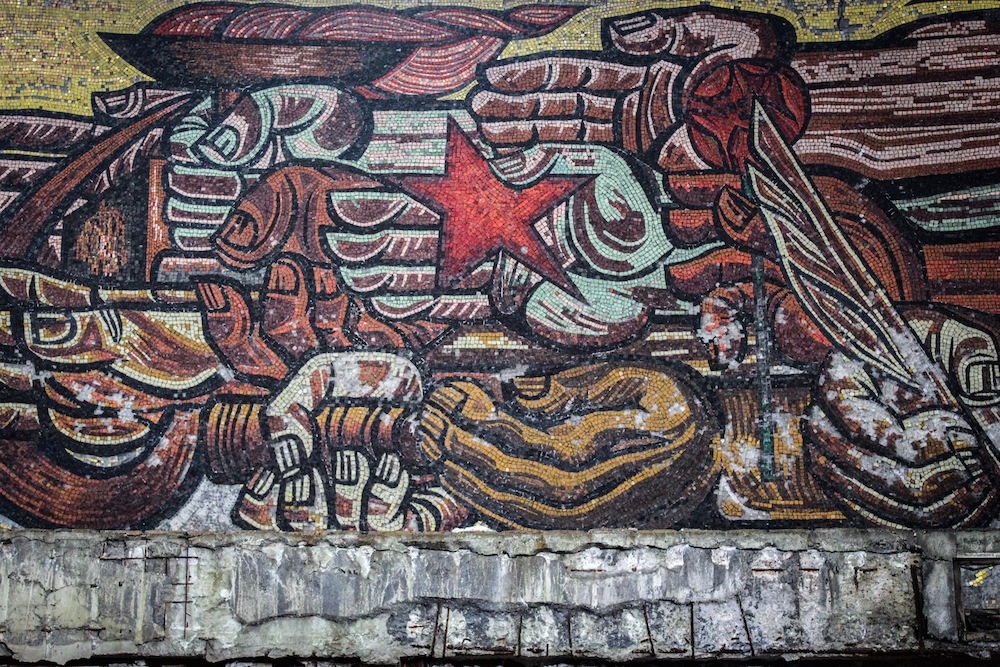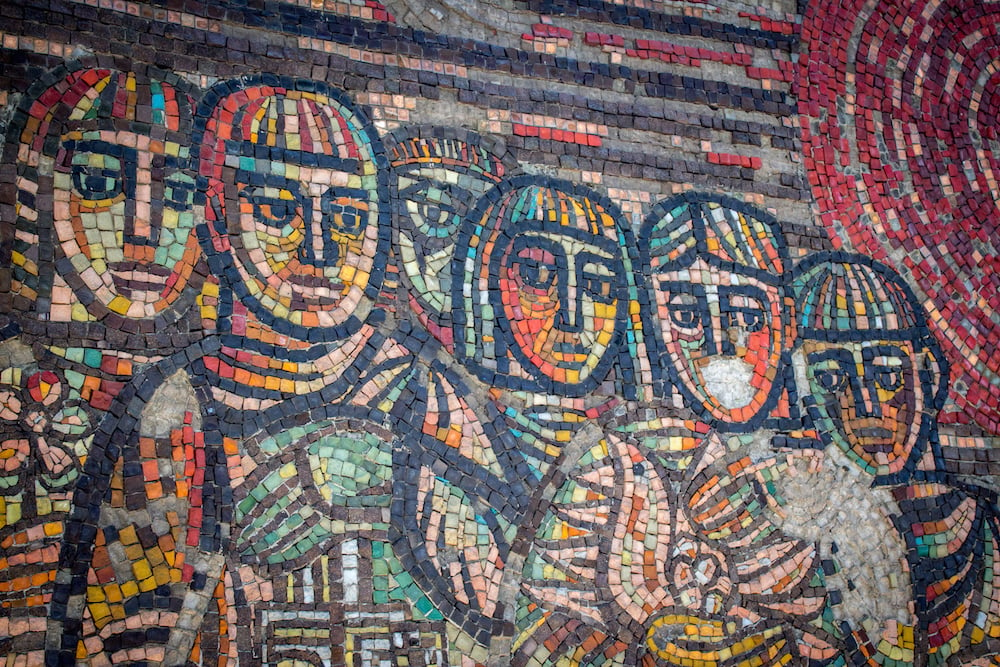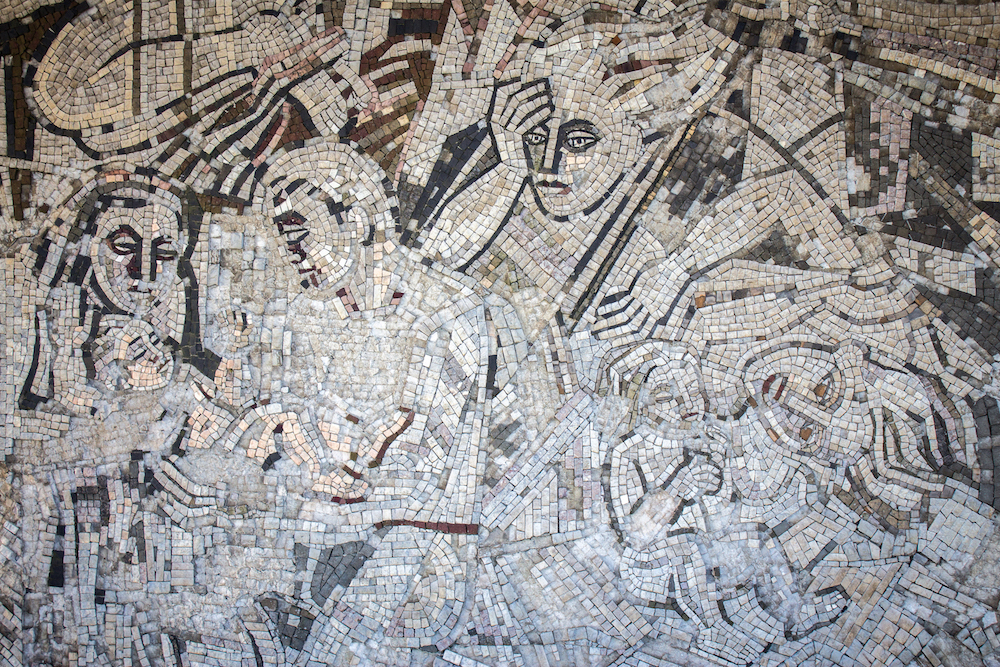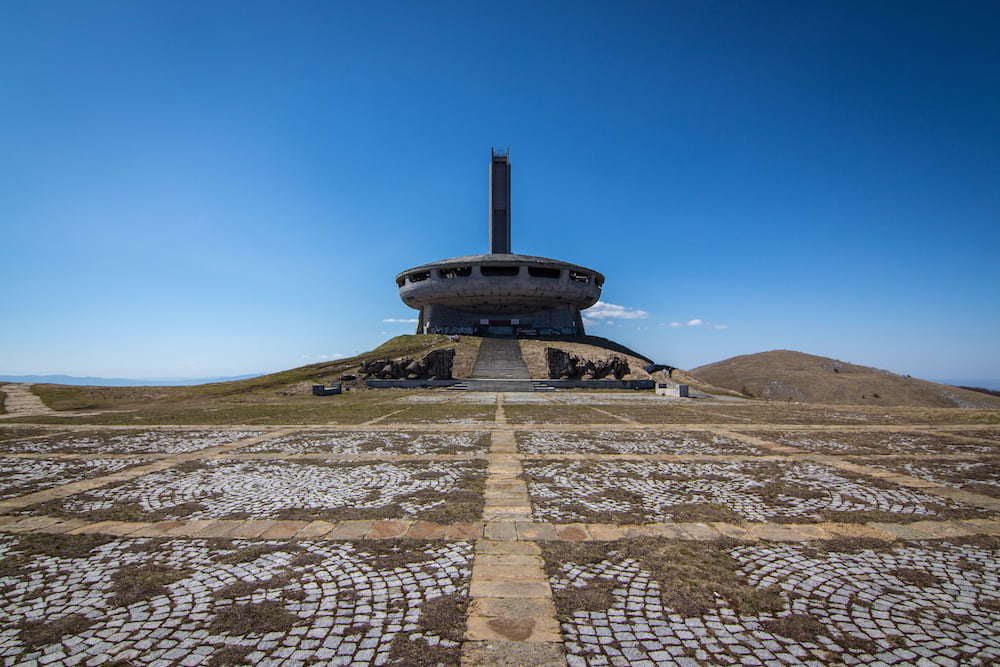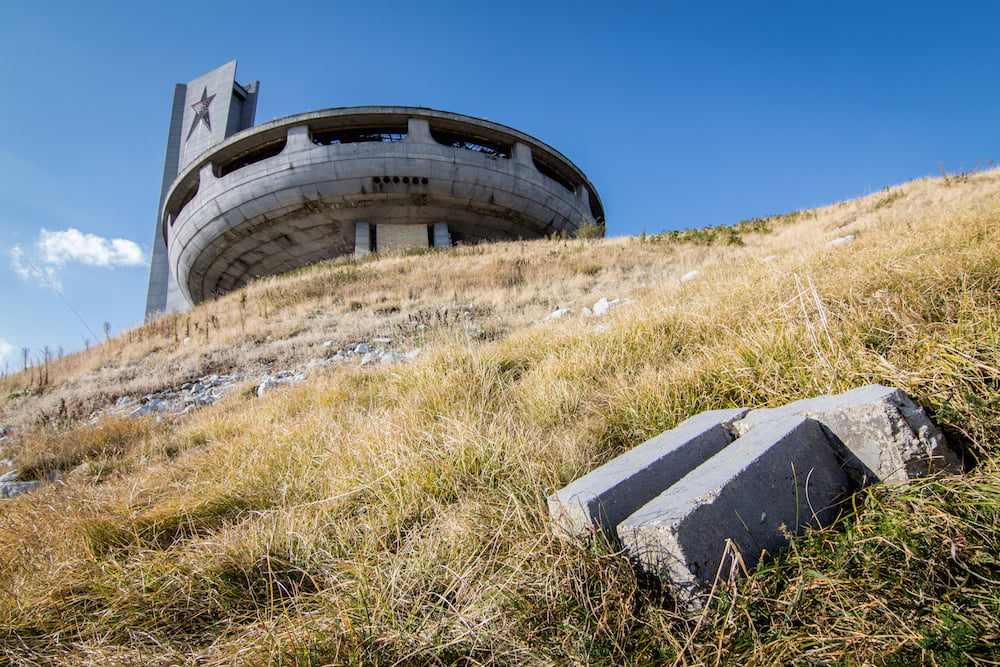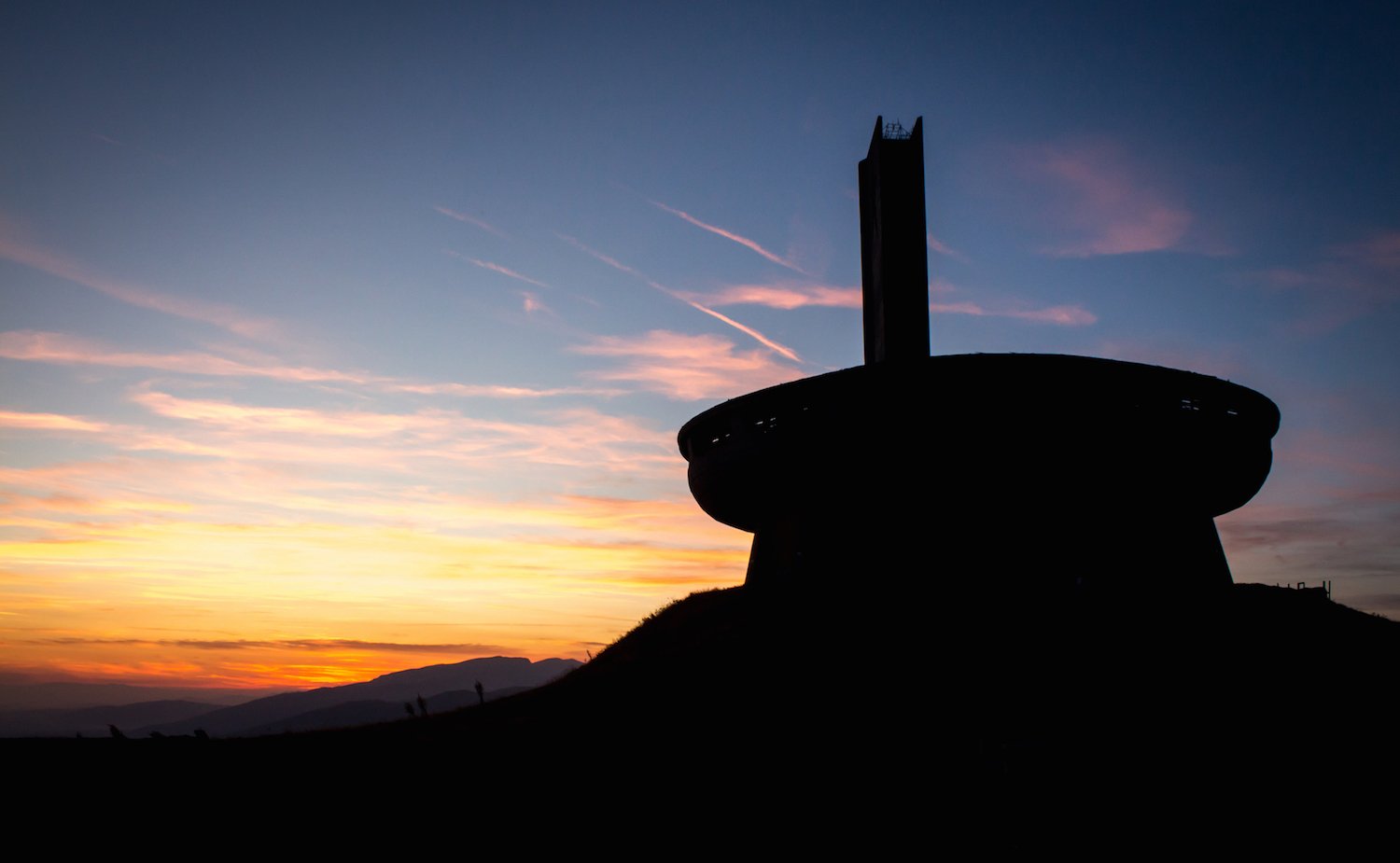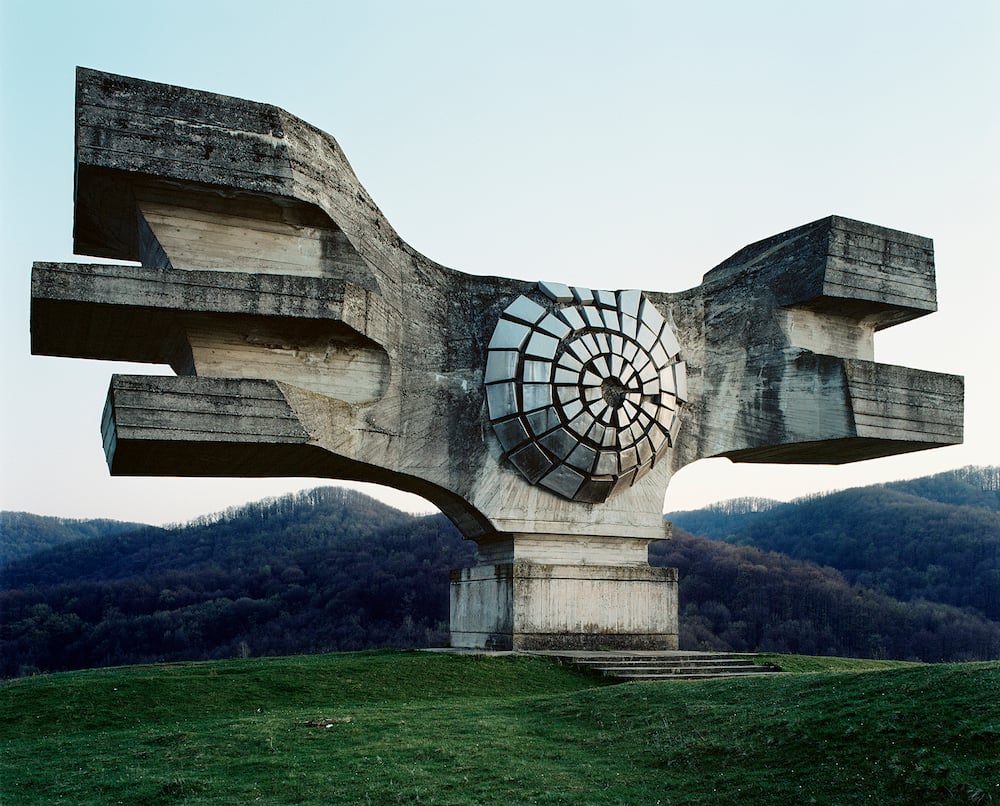The conflicted past and uncertain future of the Buzludzha monument, Bulgaria’s ‘communist UFO’
It’s one of the New East’s most photographed sites — but what secrets does it hold?
On 23 August 1981, a crowd of thousands gathered at Buzludzha Peak in central Bulgaria. Standing before a newly built monument, Todor Zhivkov — First Secretary of the Communist Party of Bulgaria — smiled down at the sea of faces, at the city of tents that covered the hillside behind them, and announced:
“Glory to you, communists, united farmers, non-party members, our contemporaries and associates, who with your deeds raise high the power, the grandeur, the glory of the Bulgarian Communist Party, of the Bulgarian nation, of our dear socialist fatherland: the People’s Republic of Bulgaria! I hereby open the Memorial House on Buzludzha Peak.”
The “Buzludzha Monument,” as it would become known, served the combined functions of a memorial, a museum and a ceremonial venue. It remembered the site where, 90 years earlier, Dimitar Blagoev and his followers had met in secret to found the Bulgarian Social Democratic Party (a forerunner to the Bulgarian Communist Party); where bands of Bulgarian patriots, generations apart, had battled first against Ottoman and then Nazi occupation. In the Party’s historiography, this location held almost sacred significance.
During the opening weekend people queued up for hours in the hot sun, and doctors waited on stand-by to treat visitors for sunstroke. According to Party records, some three million pilgrims would pass through these doors while Buzludzha remained in use — as many as 500 per hour on national holidays.
In the Party’s historiography, this location held almost sacred significance
It had been the express design of architect Georgi Stoilov that this be a “Monument of the People.” Rather than being built using taxes collected by the state, the cost of the monument (14 million Bulgarian levs: upwards of $34 million by today’s value) was funded instead through voluntary donations and the sale of commemorative postage stamps. Of the 6,000 people who worked on the monument over the course of the seven-year construction project, many were volunteers.
“Those were different times,” explains Stancho Ilyev, a taxi driver in nearby Stara Zagora. A student at the time, Ilyev worked as a volunteer labourer at Buzludzha during the summer of 1979. “We had all we needed then, so we didn’t work for money. We were just proud to put our time into something so important. We wanted our work to be remembered.”
Buzludzha would certainly be remembered, though not for the reasons the Party might have hoped. The monument was closed following the political changes in 1989, and sometime during the late 1990s its guards were dismissed, leaving the site vulnerable to looters and vandals. When the ceiling came down, wind and snow would accelerate the decay.
With its smashed red star, its crumbling Lenin mural and revolutionary rhetoric (verses of The Internationale) stamped high in concrete Cyrillic characters, the monument became one of the world’s most potent visual expressions of communist ideology in its most damaged and symbolically collapsed form. Thousands of tourists visit this spectacle each year; for many, it’s their reason for coming to Bulgaria. They share their images online, and the Buzludzha Monument has become a poster child for the Internet’s blossoming romance with post-communist “ruin porn.”
Whether appearing on the cover of books such as Rebecca Litchfield’s Soviet Ghosts, or illustrating CNN stories about “Bulgaria’s Communist UFO,” images of Buzludzha have become prime examples of what Owen Hatherley calls “concrete clickbait.” In these exoticising Western narratives, the words “UFO” and “Soviet” assume almost interchangeable functions as expressions of Otherness.
However, to de-sensationalise the monument entirely — to reduce Buzludzha to a product of history and politics — would be equally problematic, because this monument was always intended to be sensational.
“This intergalactic saucer echoed popular themes of the era,” Georgi Stoilov explains, sitting on a couch in his Sofia office. Buzludzha’s architect, a former mayor of Sofia and current president of the International Academy of Architecture, had been at the forefront of a new era in Bulgarian architecture. Following Khrushchev’s 1956 denouncement of Stalin, a wave of de-Stalinisation swept across the USSR and its allied nations — affecting everything from government policies to public art and architecture. No longer bound to the prescriptive Socialist Classical style, architects in these states started looking further afield for their inspiration.
Buzludzha was the symbolic ritual hall of a timeless society: an intergalactic pantheon with its roots in antiquity and its future reaching onwards to the stars
“Around 1960, we began to walk the path of world architecture,” says Stoilov, who lists personal influences including “Gropius, Mies van der Rohe, Le Corbusier, and so on.” Completed in the year that the nation celebrated 1,300 years since the establishment of the First Bulgarian State, the Buzludzha Monument also drew influence from antiquity. Stoilov explains: “In Rome there is a building called the Pantheon. It is 40 metres in diameter.” He allows himself a smile before adding, “this one is 60 metres.”
Buzludzha then, was the symbolic ritual hall of a timeless society: an intergalactic pantheon with its roots in antiquity and its future reaching onwards to the stars; and it is resoundingly Bulgarian.
Western media is intent on labelling Buzludzha as “Soviet,” but locally it was viewed as an exercise in world architecture: an expression of Bulgaria’s new freedom from Soviet-style architectural formalism. The 550 square metres of interior mosaics may offer a sparkling celebration of communist ideology, but, crucially, Buzludzha celebrates Bulgarian, not Soviet, communism. “A Pantheon of Bulgaria,” Stoilov calls it. “This is not a Soviet monument,” he says. “It is completely free from that association.”
For all Buzludzha’s aspirations of timelessness, however, its symbolic language of hammers, sickles and stars has served to anchor it to a past that is fast receding. In November 2016, the monument became more problematic still, when Bulgaria passed a new law on decommunisation, effectively outlawing the public display of communist symbols. Nevertheless, some Bulgarians are keen to reinforce Buzludzha’s political associations.
After their 45-year single-party regime came to an end in 1989, the Bulgarian Communist Party rebranded themselves the Bulgarian Socialist Party. They still command a sizeable share of votes today, and have served in several coalition governments under the new democratic system. Every August the BSP holds an annual gathering on Buzludzha Peak; and ever since the monument was nationalised in 1992, the Socialists have been eager to regain ownership.
Most recently, the BSP submitted a formal claim in June 2017. The application was rejected however, when a government committee voted 12-to-7 against the transfer of ownership, largely due to the lack of any actionable plan. Bulgarian Socialist MP Krum Zarkov expressed a desire to “stop the decay,” but details of cost analysis, funding methods, timeframe and intended future use were absent from the application.
The socialists are not the only group with plans for the monument, though. Dora Ivanova, a Bulgarian architect who leads a campaign for preservation, believes that Buzludzha will only survive if its political symbols are relegated to the history books, and if the monument is finally wrested from the hands of politicians altogether.
“Buzludzha needs to be preserved, before the mosaics are lost and the roof collapses — which could happen within a decade,” she warns. “But Buzludzha was and still is a political tool. In my opinion it can only be saved in the form of a de-politicised heritage site. As a museum, Buzludzha could encourage productive discussions about our traumatic past — something which Bulgaria is still missing.” The mayor of nearby Kazanlak, Galina Stoyanova, shares the sentiment. “Buzludzha is of value to us … and it is about time it became known as a unique architectural monument, not as a symbol of the ruin of an ideology. It is time to stop ideologising it,” she says.
Restoring the monument to its original state is a prohibitively expensive option, while the painstaking repair of communist symbols would risk angering millions of anti-communist Bulgarians. Instead, Ivanova’s “Buzludzha Project” proposes a partial reconstruction that halts further damage while freezing the monument in its current, semi-decayed form. It is a diplomatic solution, and relatively affordable at a projected cost of between $1.2-2.3 million. No restoration can begin, however, without the approval of the Bulgarian government; and to date, Buzludzha still hasn’t been granted official “monument” status.
As it turns out, those exoticising stories in Western media might have proven beneficial. Buzludzha’s viral fame makes it increasingly difficult for local policy-makers to ignore, and each new feature in a list of “The 33 Most Beautiful Abandoned Places In The World” adds fuel to the argument for preservation.
“The international interest in Buzludzha is an indicator of its value and future potential,” says Dora Ivanova, whose own interest in the monument began with “incredible pictures” glimpsed online. “Pictures show the architecture without prejudice, and without its problematic historical context,” she explains. “Buzludzha’s online popularity is encouraging Bulgaria to re-evaluate it — not only as a political object, but as an important historical artefact and, moreover, an architectural masterpiece.”
Buzludzha remains as politically controversial as ever — many Bulgarian politicians will avoid voicing support for fear of being branded “Communists” — but now at least, conversations about the monument’s future are beginning to be taken seriously. Only time will tell whether Buzludzha is still salvageable once that process of re-evaluation is complete.
Text and images: Darmon Richter
